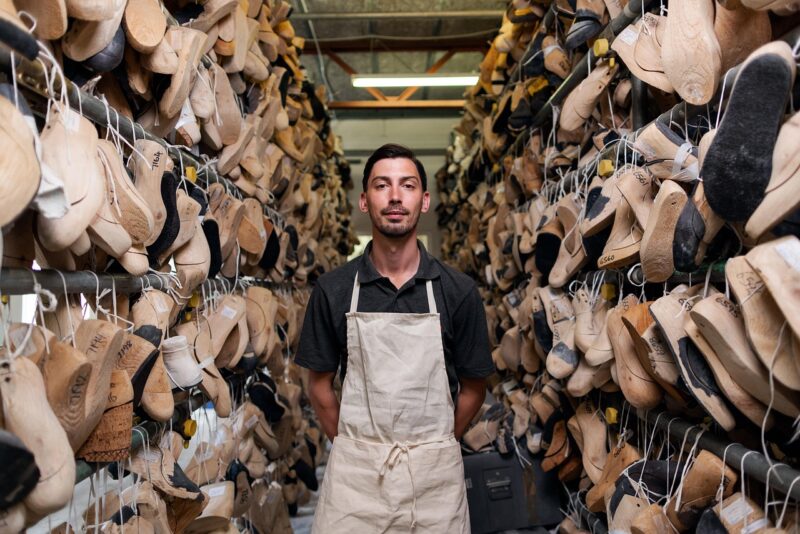The Mafia and Labor Unions: How Organized Crime Infiltrated the Workforce
November 15, 2024

The history of labor unions in the United States is rich and complex, marked by struggles for workers’ rights, better wages, and improved working conditions. However, beneath the surface of this noble struggle lies a darker story: the infiltration of organized crime into labor unions. This relationship, marked by corruption, coercion, and exploitation, has shaped the labor landscape in ways that still resonate today.
1. A Historical Overview of Labor Unions in America
The rise of labor unions dates back to the early 19th century when the Industrial Revolution transformed the American economy. Workers faced harsh conditions with long hours, low wages, and unsafe environments. In response, labor unions began to form, aiming to give workers a unified voice.
By the late 19th and early 20th centuries, unions became essential in advocating for workers’ rights, leading significant negotiations that resulted in better pay and working conditions. However, as unions grew in strength, they also attracted the attention of organized crime.
2. The Emergence of Organized Crime in Labor Unions
As unions wielded increasing power, some unscrupulous individuals saw an opportunity to exploit this power for personal gain. The Mafia, particularly in cities like New York and Chicago, recognized the potential to infiltrate unions to control lucrative contracts, extort money from workers, and exert influence over political figures.
By the 1930s, organized crime had deeply embedded itself in various labor unions. One of the most notorious examples is the involvement of the Mafia in the International Brotherhood of Teamsters (IBT), one of the largest and most powerful labor unions in the country. Leaders like Jimmy Hoffa became synonymous with corruption, bribery, and ties to organized crime.
3. Tactics of Coercion and Control
The tactics used by organized crime to infiltrate labor unions were multifaceted. Here are some common strategies employed by mobsters:
- Intimidation: Mobsters would use threats and violence to intimidate union leaders and members, ensuring compliance with their directives and keeping dissent at bay.
- Bribery: Many union officials were bribed to overlook corruption or to allow mobsters to take control of union funds and contracts.
- Corruption: Organized crime figures would often seek to place their own allies in key positions within the unions to ensure their interests were protected and promoted.
- Control of Labor Contracts: By controlling labor contracts, mobsters could skim profits and funnel money back to organized crime operations.
4. The Impact of Organized Crime on Labor Relations
The infiltration of organized crime into unions had significant ramifications.
– **Corruption and Distrust:** The ties between organized crime and unions led to widespread corruption, causing many workers to distrust their union leaders. This erosion of trust weakened the labor movement.
– **Legal Repercussions:** The close relationship between unions and organized crime garnered significant media attention, leading to congressional investigations and legal actions against corrupt union officials. The McClellan Committee hearings in the 1950s brought to light shocking evidence of corruption within unions.
– **Worker Exploitation:** Instead of serving their members’ best interests, corrupt leaders often exploited workers for the benefit of organized crime, leading to a decline in union membership and relevance.
5. Reform and the Fight Against Corruption
In response to the rampant corruption, various reforms were introduced to clean up labor unions. The Labor-Management Reporting and Disclosure Act of 1959 sought to regulate union finances and ensure greater transparency. However, the fight against organized crime’s influence in unions continues to this day.
6. Conclusion: The Ongoing Legacy of Organized Crime in Labor Unions
The relationship between organized crime and labor unions is a testament to the complexities of the struggle for workers’ rights. While many unions emerged with the noble intention of advocating for the working class, the shadow of organized crime has, at times, overshadowed their mission. The ongoing legacy serves as a cautionary tale about the vulnerabilities within labor movements and the importance of maintaining integrity, transparency, and accountability in advocating for workers’ rights.
As we continue to navigate labor relations in the modern era, the lessons learned from this intersection between organized crime and labor unions are more relevant than ever. Ensuring that unions remain representative of workers’ true interests, free from corruption and coercion, is vital for maintaining the progress made in workers’ rights over the decades. It is a continuous journey that requires vigilance, reform, and collective action from both workers and their representatives.






